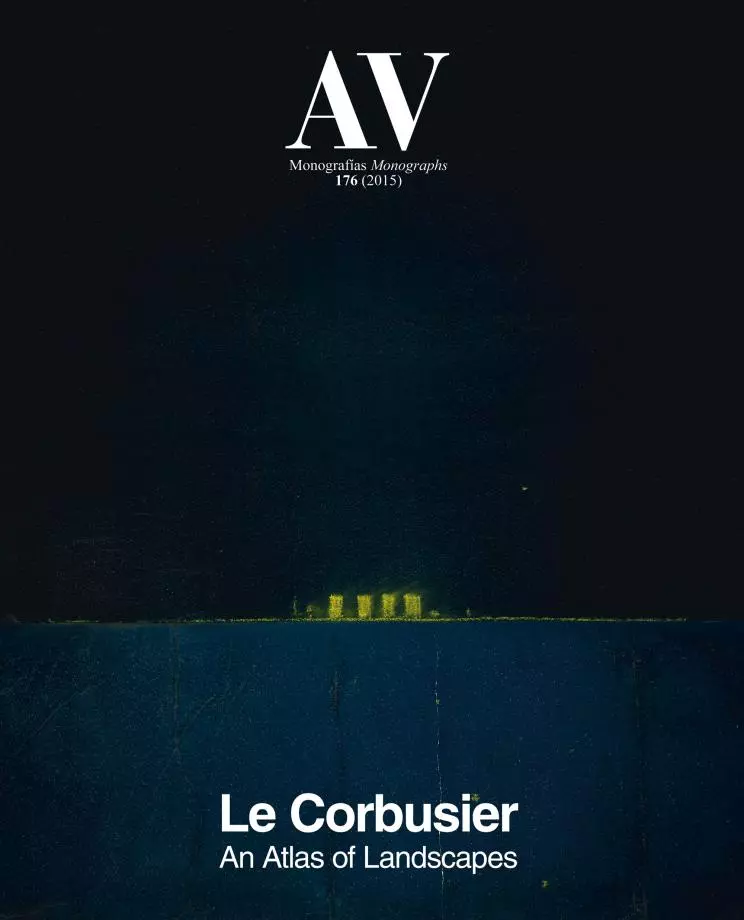
As is well known, Le Corbusier embarked for Buenos Aires from Bordeaux on board the Massilia on September 14, 1929. One of his traveling companions was Adelina del Carril, who, along with her late husband, Ricardo Güiraldes (who had died in Paris two years before), had been part of the Argentinean jeunesse dorée that spent time in the French capital. Le Corbusier recalled in Précisions sur un état présent de l’architecture et de l’urbanisme, a compilation of lectures he gave in Buenos Aires in the fall of 1929: “Paris! It is a mirage for the Argentines. The Argentine who isn’t obliged to ‘make America’ (make money) shares his life and his thoughts between his country and France.”1 The couple partook of their interest in French culture with a small but influential group of Argentinean intellectuals made up of, among others, writer Victoria Ocampo (who organized Le Corbusier’s journey to Argentina) and Alfredo González Garaño (one of two “close American friends” of the traveler).
Le Corbusier was fascinated by the idealized description of the grassy Argentine pampa and the role played by the estancieros (landowners) in the construction of the country. He wrote in Précisions, “The very history of America seems to me a powerful lever of stimulation, despite its horrors, its pitiless massacres, its destructions ordered in the name of God.” This mystified and partial reading of the history and the landscape he was describing was due in part to the views of his Argentinean hosts. In 1929 Le Corbusier would write, “But I saw, in the home of my friend Gonzalès Garraño [sic] in Buenos Aires, the history of the settlers of Argentina, told by those admirable draftsmen of the lithographs of the midnineteenth century. That odyssey on the pampa is less than a hundred years old. ... There are still in Argentine families the sons of those who lived it. There are still fabulous people, settled far away in some magnificent estancia (pampa dwelling)...





